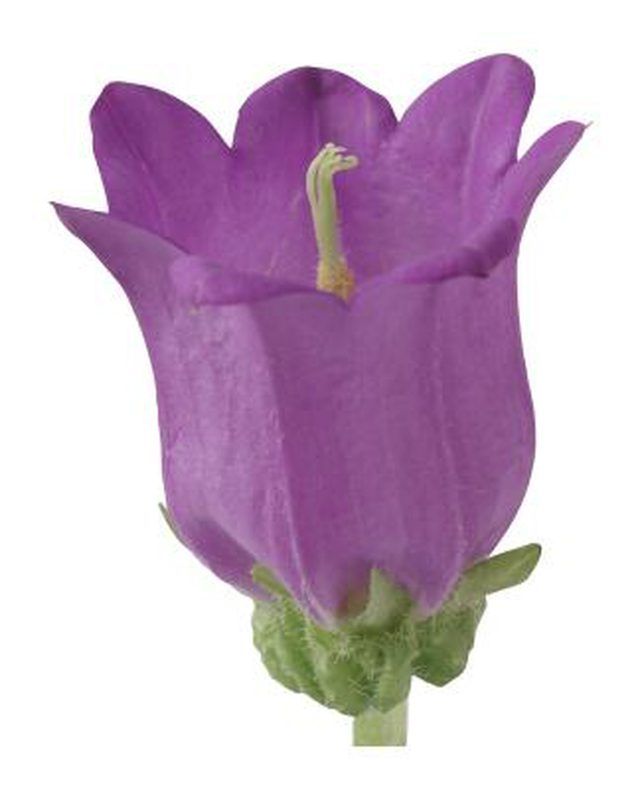Bulbs
Flower Basics
Flower Beds & Specialty Gardens
Flower Garden
Garden Furniture
Garden Gnomes
Garden Seeds
Garden Sheds
Garden Statues
Garden Tools & Supplies
Gardening Basics
Green & Organic
Groundcovers & Vines
Growing Annuals
Growing Basil
Growing Beans
Growing Berries
Growing Blueberries
Growing Cactus
Growing Corn
Growing Cotton
Growing Edibles
Growing Flowers
Growing Garlic
Growing Grapes
Growing Grass
Growing Herbs
Growing Jasmine
Growing Mint
Growing Mushrooms
Orchids
Growing Peanuts
Growing Perennials
Growing Plants
Growing Rosemary
Growing Roses
Growing Strawberries
Growing Sunflowers
Growing Thyme
Growing Tomatoes
Growing Tulips
Growing Vegetables
Herb Basics
Herb Garden
Indoor Growing
Landscaping Basics
Landscaping Patios
Landscaping Plants
Landscaping Shrubs
Landscaping Trees
Landscaping Walks & Pathways
Lawn Basics
Lawn Maintenance
Lawn Mowers
Lawn Ornaments
Lawn Planting
Lawn Tools
Outdoor Growing
Overall Landscape Planning
Pests, Weeds & Problems
Plant Basics
Rock Garden
Rose Garden
Shrubs
Soil
Specialty Gardens
Trees
Vegetable Garden
Yard Maintenance
How to Care for Campanula
How to Care for Campanula. Bell flower (Campanula spp.) is a genus of flowering plants consisting of over 300 different species, resulting in a wide variety of colors, growth habits and sizes. Campanula can bloom between late spring and early fall, producing blue, lavender, pink or white flowers. They grow to a mature height between 4 inches and 4...

Bell flower (Campanula spp.) is a genus of flowering plants consisting of over 300 different species, resulting in a wide variety of colors, growth habits and sizes. Campanula can bloom between late spring and early fall, producing blue, lavender, pink or white flowers. They grow to a mature height between 4 inches and 4 feet, depending on the species. Campanula is basic to grow in most temperate climates, especially in hardiness zones 3 through 8.
Things You'll Need
Mulch
10-10-10 fertilizer
Slug bait
Insecticidal soap
Transplant campanula seedlings outdoors in a well-drained, fertile after all danger of frost has passed in spring. Allow 12 to 18 inches of space between each campanula plant. Ensure the planting location receives full morning sun and partial afternoon shade.
Spread a 2-inch layer of mulch around the newly planted campanula. Start the mulch band about 3 inches from the base of the plant to allow room for growth. Refresh the mulch as needed, especially during the winter when the soil needs insulation to prevent heaving.
Water campanula plants deeply once per week during spring, summer and fall, providing about 1 inch of water weekly. Reduce watering to once every two weeks during winter. Do not water on weeks that receive heavy rainfall or the plant can become waterlogged and rot.
Feed campanula twice per year, once in late winter and again in early spring. Use a balanced 10-10-10 NPK fertilizer, applying approximately 1/4 pound of fertilizer per 25 square feet of campanula bed, or apply according to the manufacturer's instructions. Water both before and after application to prevent root burn.
Remove dead or faded flowers from stems only when all of the flowers on that stem have faded. Pinch them off as close to the stem as possible, and new blossoms will form within a few days. No further pruning of campanula plants is required.
Monitor the plants for pest damage from slugs, snails, mites or aphids. Control slugs and snails by removing them by hand or by sprinkling slug bait around the perimeter of the planting site. Spray the plants with a ready-to-use insecticidal soap spray at five day intervals to control aphids or other soft-bodied pests.
Tips & Warnings
Shredded cedar mulch is ideal as it is resistant to erosion and is a mild pest repellant.
Pruning flowers prior to the fading of all of the flowers on the stem will cause campanula to focus all nutrients on turning the remaining flower to seed instead of producing more blossoms.